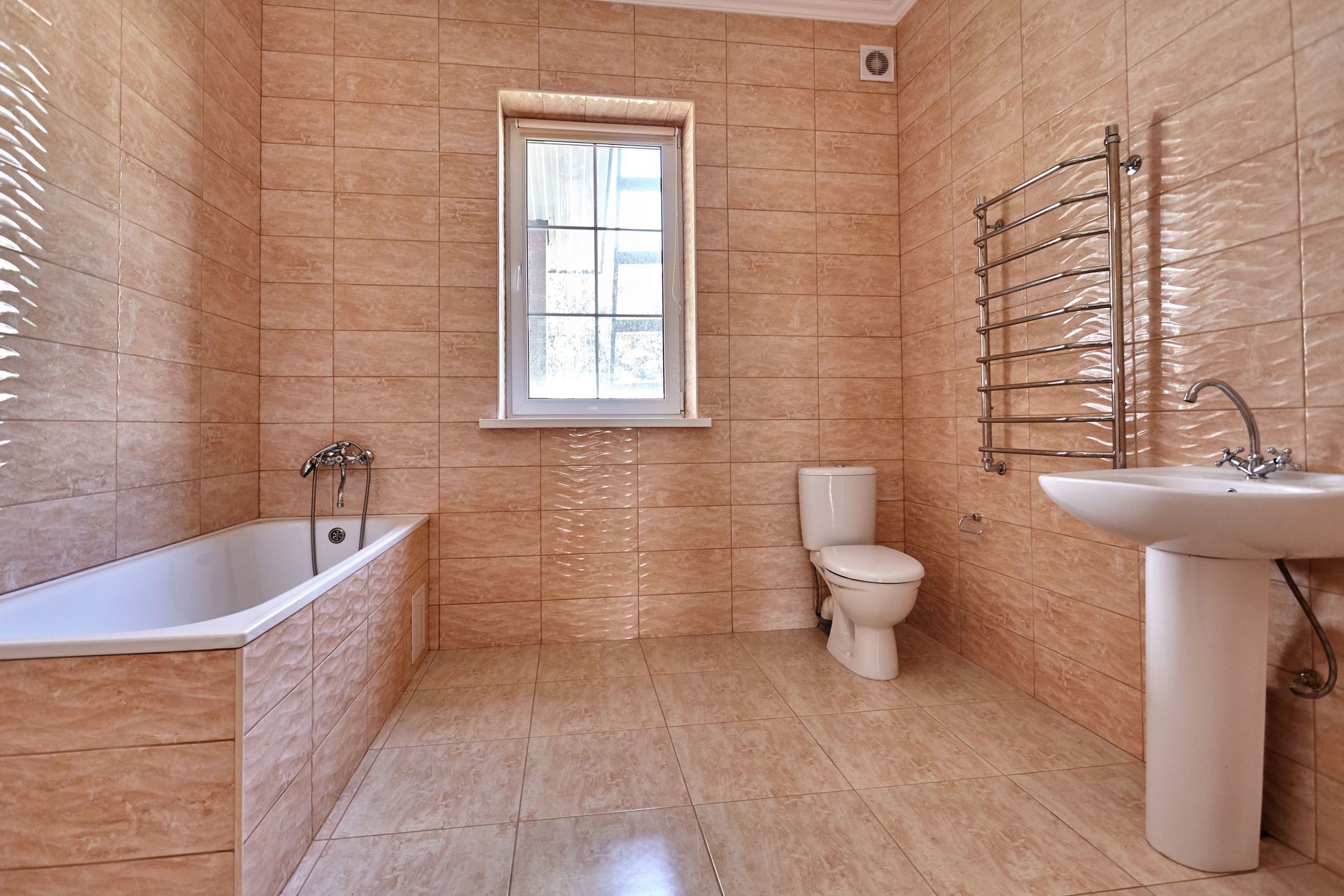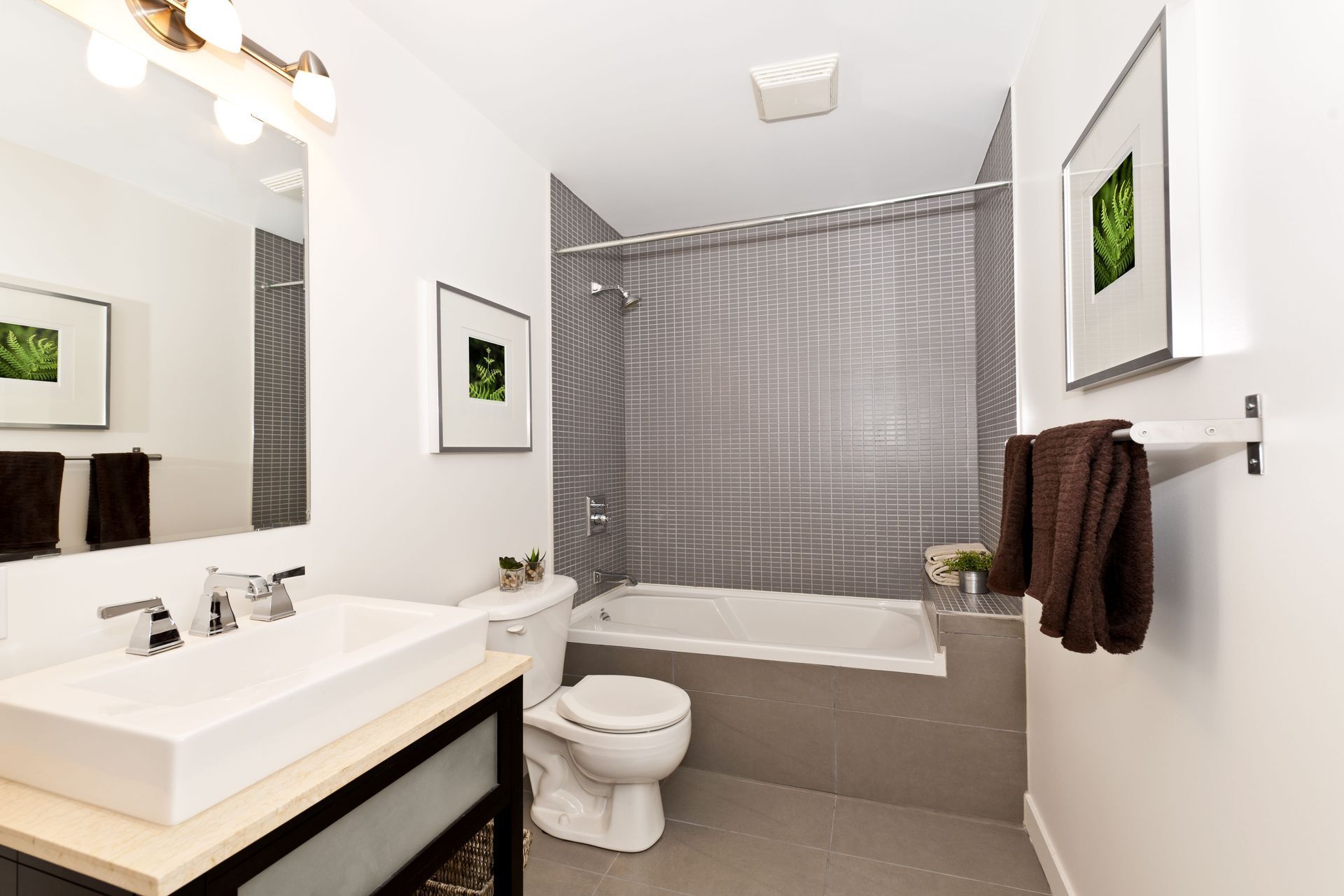January 12, 2023
Bathtub reglazing is often thought of as a do-it-yourself project. However, it's important to recognize that this type of project is best left to the professionals. The process requires specialized knowledge and tools and, when done incorrectly, can have costly and irreversible consequences for the aesthetics of the tub and the health of the people involved. Many people don't realize the dangers and difficulties of DIY bathtub reglazing. From not correctly prepping the surface to not following the proper safety protocols, the task is far from simple. There's a lot that can go wrong at home! To help you understand what goes into the reglazing process, this article will discuss nine reasons bathtub reglazing is best left to the professionals.
1. Not Having the Specialized Knowledge and Tools
Reglazing your bathtub requires specialized tools such as a high-volume low-pressure sprayer, fume extractors, and fresh air systems. Not having the proper tools and knowledge will cause you to either damage your bathtub or just not get the finished results you're looking for. Specialized tools and knowledge are required for not only the application of the coating but also the removal of a previous glaze or paint so that the coating can adhere properly.
2. Not Correctly Prepping the Surface
When it comes time to reglaze your bathtub, you must pre-clean the surface to ensure there are no contaminants left on the surface that could affect the adhesion of the new coating. Make sure to first scrub the surface free of any dirt and debris. A good cleaning agent comes in handy for getting rid of leftover residue. Make sure to thoroughly rinse the surface free of any cleaning solution you use. Mineral deposits left on the surface can cause bubbling in the coating and can also lead to corrosion and rust.
3. Not Following the Proper Safety Protocols
Every project comes with its own set of safety protocols, and bathtub reglazing is no different. Make sure to follow the proper safety protocols to minimize your risk of injury. Most importantly, have a shutoff valve installed on the line that leads to your faucet so that you can shut off the water flow in the event of an emergency. To protect yourself from harmful fumes, make sure to have proper ventilation during the cleaning and coating application process. Keep all children and pets away from the area during application and for at least 24 hours after the application is complete.
4. Using Wrong Tools for Surface Preparation
If you don't clean the surface properly, the coating will not adhere and just flake off after a short time. If you are cleaning the surface with a solvent cleaner, make sure to follow the instructions on the cleaner bottle carefully. Don't use just any scrubbing pad. If you are scrubbing the surface with a scouring pad, make sure to use the proper pad for your type of tub. Never use a metal pad on an acrylic tub.
5. Not Using the Correct Type of Coating
Before choosing a coating for your bathtub, do your research to make sure it's the correct coating for your application. Some coatings are only for use on fiberglass, terrazzo, or acrylic surfaces. Choose a coating that's specifically designed for acrylic surfaces. Coating made for fiberglass or terrazzo surfaces won't adhere to acrylic surfaces. If a coating isn't designed for an acrylic surface, it won't properly protect your tub and might even cause damage.
6. Not Properly Applying the Coating
Many DIYers don't realize that applying the coating is just as important as choosing the right coating. A professional understands how to apply the coating in a smooth, even way to ensure proper adhesion. If the coating is applied incorrectly, it won't adhere to the surface, and you'll be left with bubbles or an uneven surface. This can lead to peeling and bubbling and the tub may end up looking worse than before.
7. Not Allowing for Proper Curing Time
You must allow the coating to cure properly before using your bathtub again. A lot of DIYers think that because they have applied a coating, they can jump right in the tub. However, it takes time for the coating to fully adhere to the surface. Cracks often form on the surface during the curing process, which can lead to the coating peeling, bubbling, or flaking off. The amount of time the coating needs to cure will depend on the type of coating applied. The average amount of time for curing is between 24 and 48 hours.
8. Using Inferior Quality Materials
As with many DIY projects, you'll likely be able to find cheaper versions of the materials needed for bathtub reglazing. However, a professional reglazer will use quality materials made to last. Bathtub reglazing is a long-term investment, so cutting corners won't help. Unfortunately, many people have fallen victim to cheap, unbranded products that have been sold as quality coatings and sealers. Luckily, a pro knows the difference and won't fall into such a trap.
9. Not Having Proper Ventilation
Doing reglazing work involves fumes that are harmful to people, including professionals who don't protect themselves. Experienced bathtub reglazers will have ample ventilation in the room where they're applying the coating. If your bathroom doesn't have a window, the contractor can use a ventilation fan.
When working with a solvent-based material, you will want to make sure to have adequate eye and skin protection. You don't want these chemicals to get in your eyes or come in contact with your skin. Professionals know to use goggles or a face mask while working, to protect themselves and those around them. According to OSHA, there have been 14 worker deaths since 2000 due to improper ventilation while refinishing a bathtub. That's why it's important to leave bathtub reglazing to the professionals.
No matter how handy you are around the house, you should always leave bathtub reglazing to the professionals. Bathtub contractors have the knowledge and expertise to do the job safely and efficiently. The process requires specialized knowledge and tools. When done incorrectly, it can have extreme consequences. By understanding why professionals are the best people for the job, hopefully, you won't take an unnecessary risk by doing your own reglazing. If you're ready to breathe new life into your tub, please contact our professional team at Bath Magic today.






